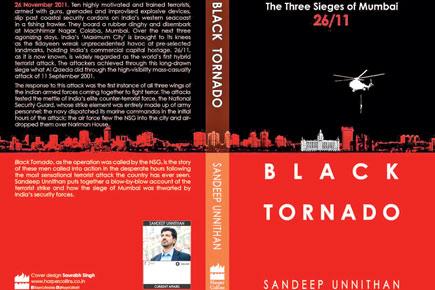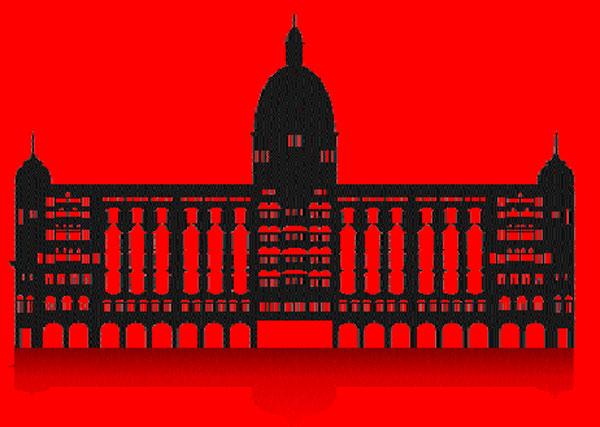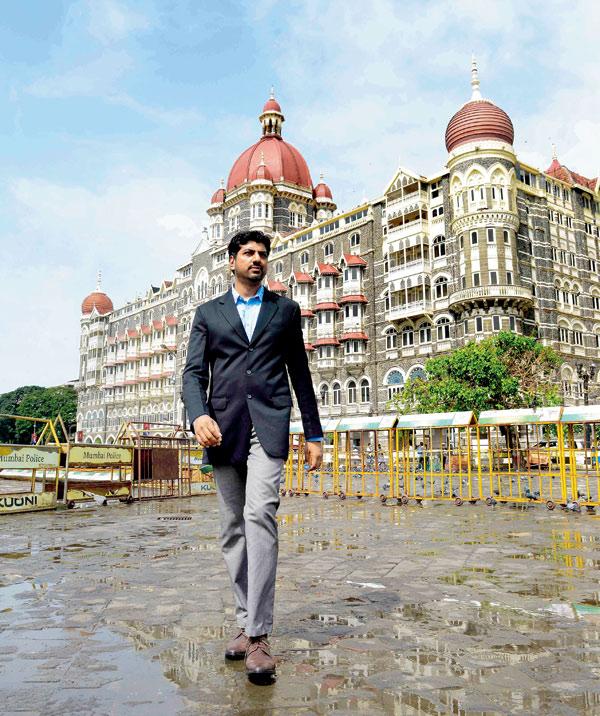A new title, 'Black Tornado', offers previously unshared details on the 26/11 terror attacks on Mumbai, and how, for the first time, all three armed forces systematically planned and thwarted the siege on the city in 2008

Black Tornado
Q. Why a book on the 26/11 attacks now, after six years?
A. The September 11, 2001 attacks on the US resulted in the comprehensive 9/11 Commission Report, which clinically analysed the outrage and generated a slew of recommendations. Closer home, the Kargil War of 1999 led to the outstanding Kargil Review Committee report of 2000. The 26/11 attacks on Mumbai were among the most sensational terrorist attacks on Indian soil. It was, in a sense, the globalisation of terrorism in India, combining all its aspects — suicide attackers armed with guns and grenades, seaborne infiltration, car bombs and hostage situations.
ADVERTISEMENT

Recent revelations by LeT scout David Headley point to active collaboration of state actors inside Pakistan. Yet, there was no commission of inquiry ordered by the central government. (The Pradhan committee had a limited mandate where it had to look into the Mumbai Police’s response to the incident).
There was nothing which established how critical decisions were taken in those 60 hours or how the system failed to predict such an attack despite there being intelligence, and failing to mitigate it when the tools were available. Such questions linger. This book is an attempt to understand the sequence of events leading to the deployment of the NSG (National Security Guard) and what lessons security forces can learn to be better prepared for such strikes.
Q. How different will this book be from plenty of literature that has been published and released (including movies too) about the 26/11 attacks?
A. The 26/11 attacks were the first time when all three armed forces were called in to fight terror. This book is the first semi-official account of how they responded and looks at the military aspect of the attacks. Through interviews with the principal players in the armed forces, I have established the precise sequence of events of that night. These officials have never been spoken to before, and what they told me was startling.

Sandeep Unnithan
I have established how, for instance, the Marine Commandos came to be deployed at the Taj; and how their arrival led to the fortuitous rescue of over 100 civilians who had been trapped in The Chambers. A decorated, battle-hardened army unit, recently de-inducted from Jammu and Kashmir, just two kilometres near the attacks, was not pressed into the rescue.
The difficulties faced by the NSG in operating inside hotels that were packed with civilians; the photos in the book (most previously unpublished), back up this narrative.
Q. How did you approach the witnesses, especially since they would be recalling painful moments from a traumatic time?
A. Getting witnesses to relive their experiences was among the toughest parts. Several survivors and witnesses refused to be interviewed. At least one of them said he wanted to forget the incident and I can see why. I had to be patient and persuasive without sounding insensitive. In the end, I’m deeply grateful to all those who spoke up.
Q. Speaking of research, which part of it was the toughest to source?
Crucial documents that sequentially outlined how the NSG moved and what they did; the drills they followed and the lessons they learnt from the operation.
Q. At the end of your final draft, did you feel your book did justice to what Mumbai endured and withstood?
A. Yes. In a very tiny sense, I felt this would not let us forget what the city went through six years ago.
Book Launch:
On: Today, 6.30 pm onwards
At: ICIA House, next to MC Ghia Hall, Kala Ghoda.
 Subscribe today by clicking the link and stay updated with the latest news!" Click here!
Subscribe today by clicking the link and stay updated with the latest news!" Click here!






